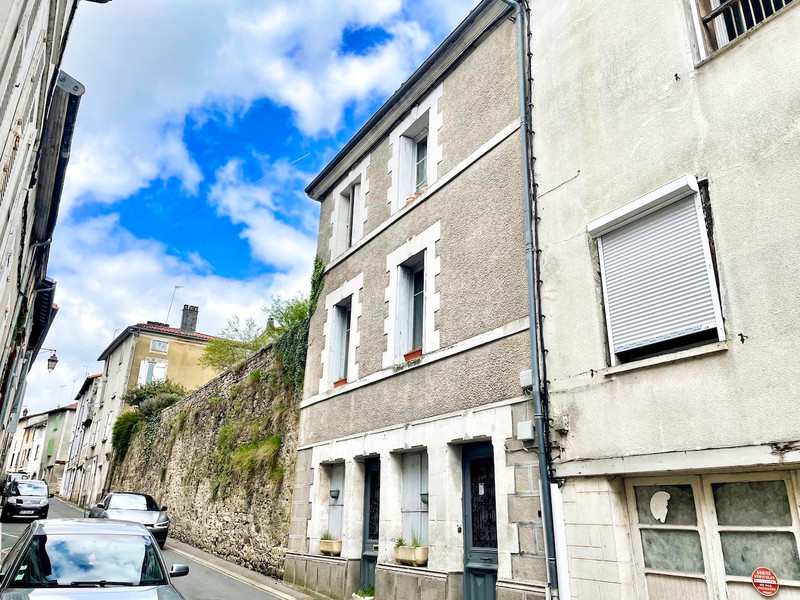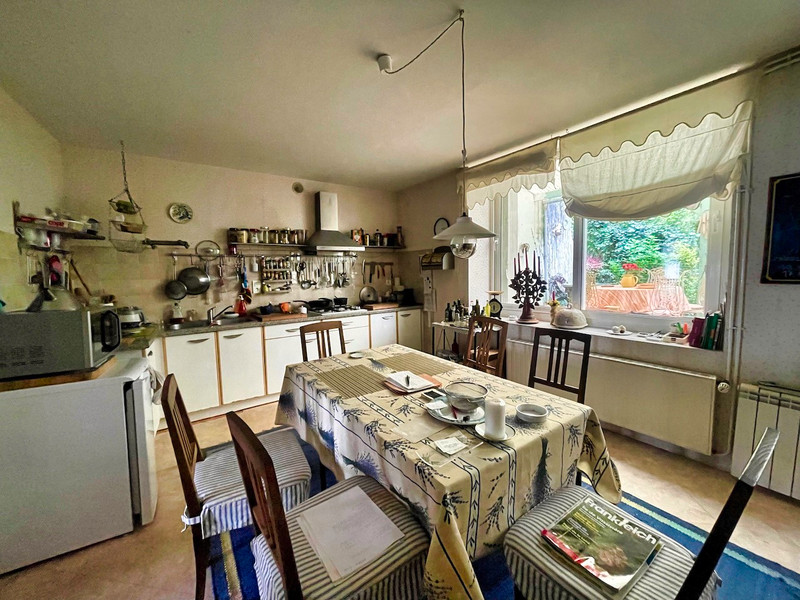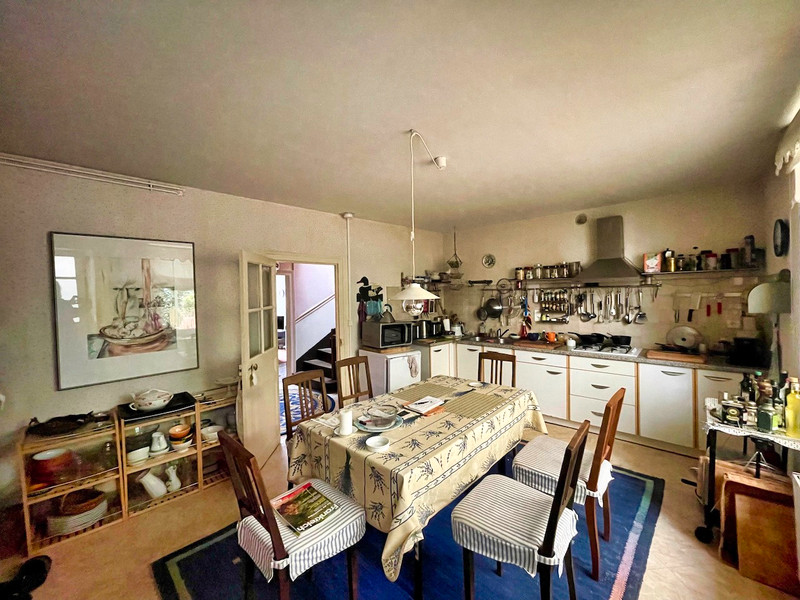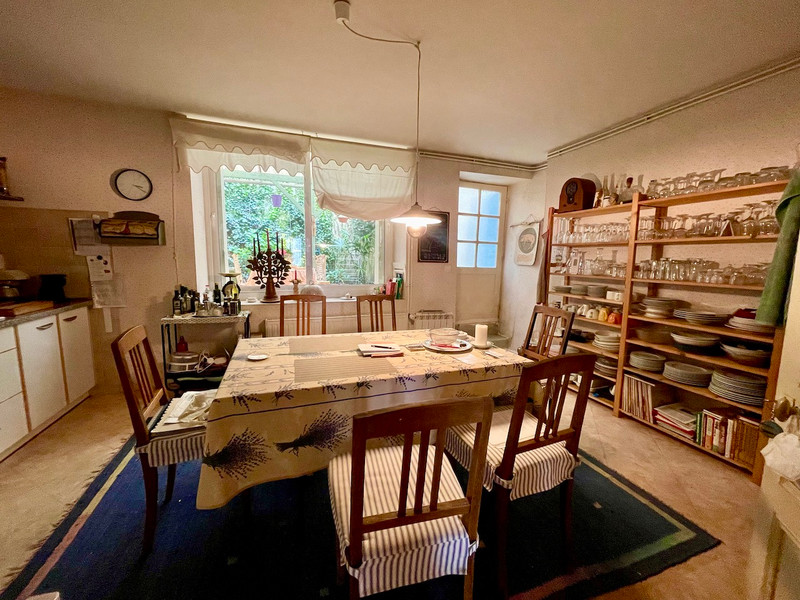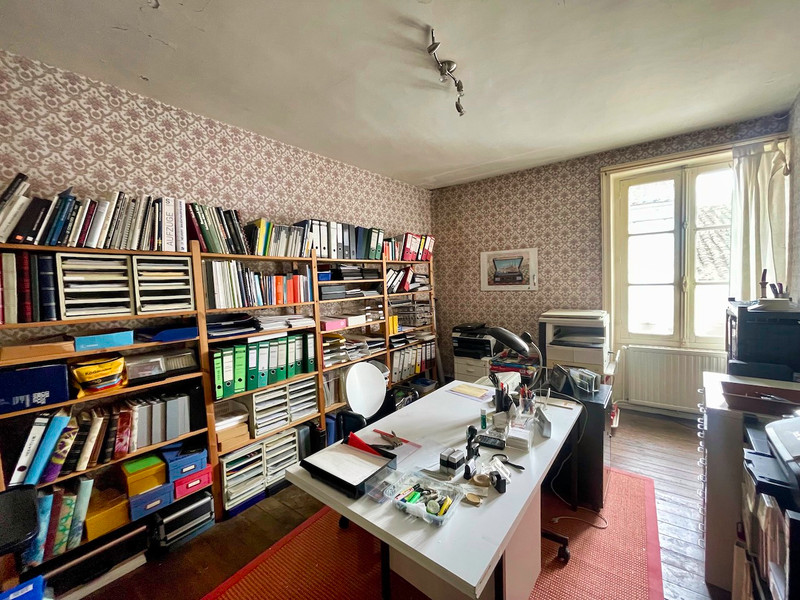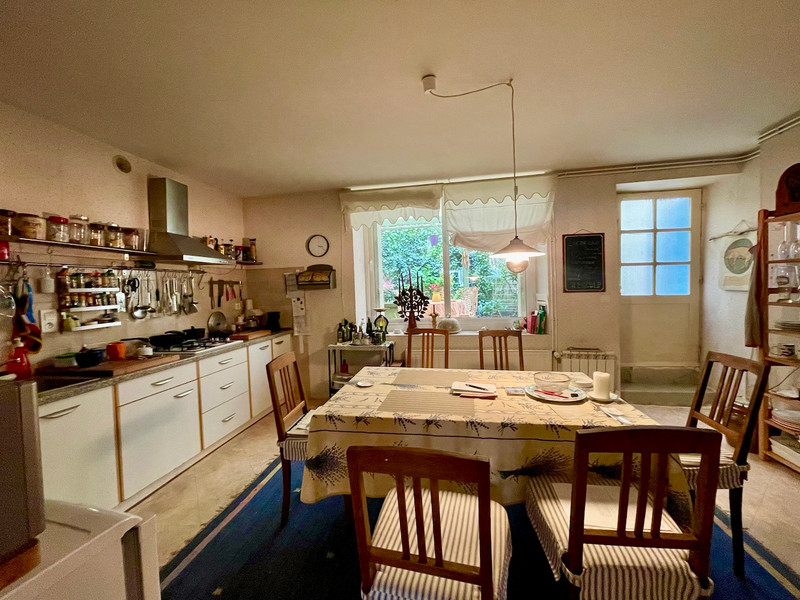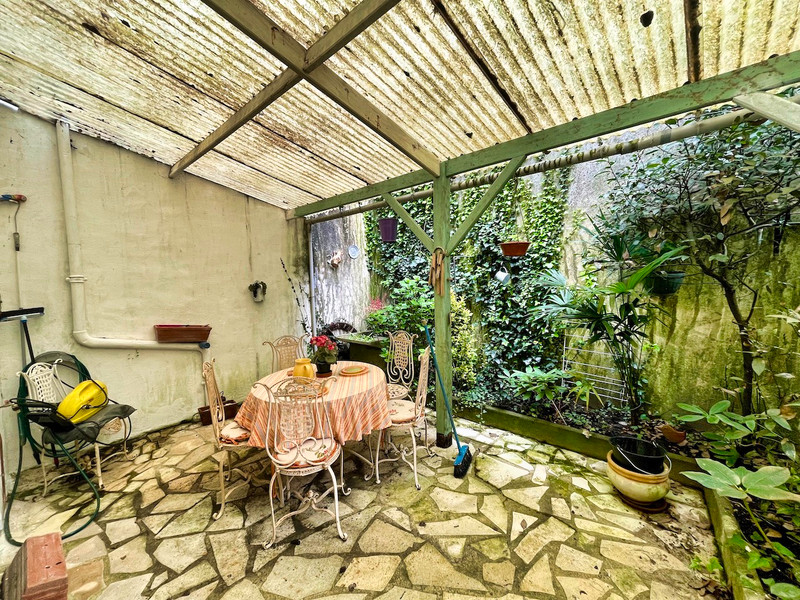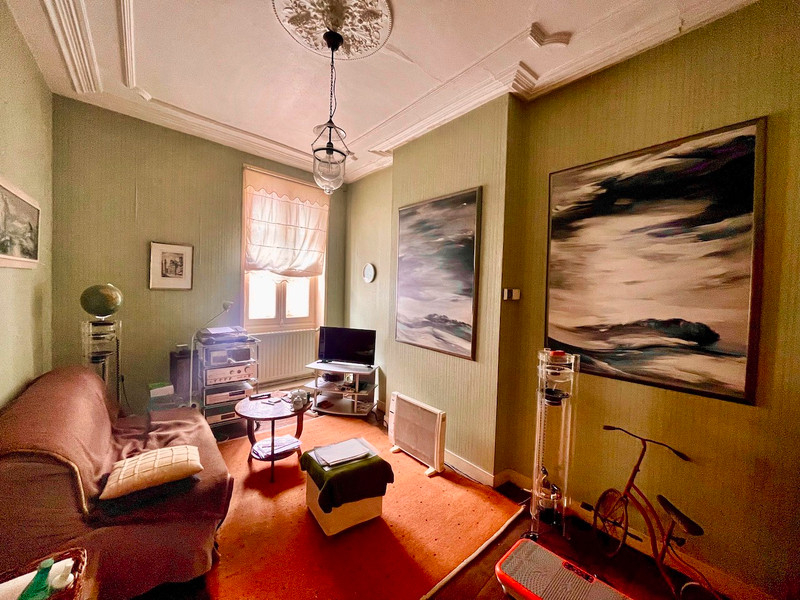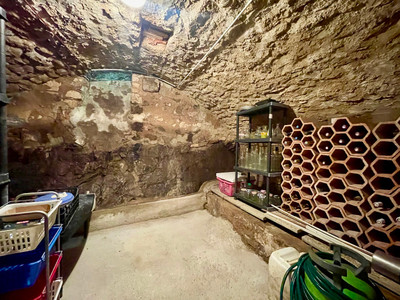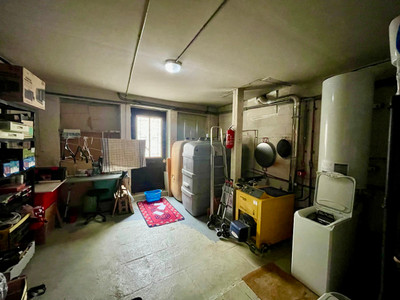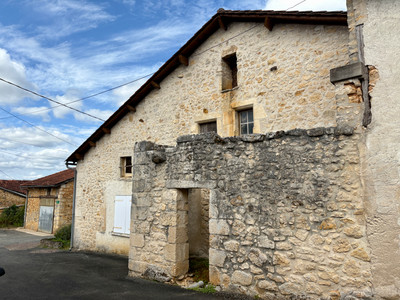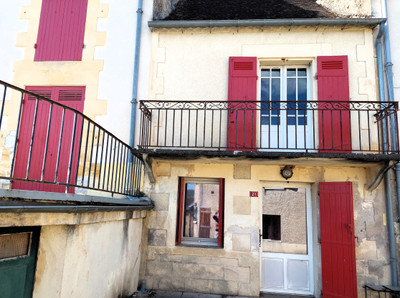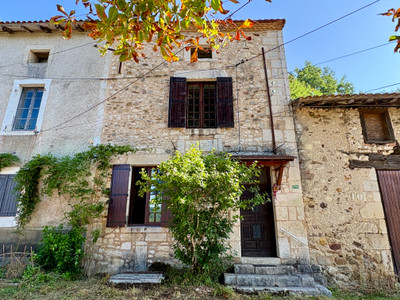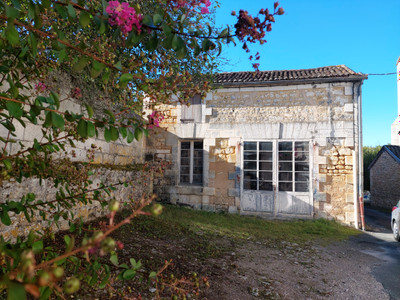6 rooms
- 3 Beds
- 1 Bath
| Floor 120m²
| Ext. 17m²
6 rooms
- 3 Beds
- 1 Bath
| Floor 120m²
| Ext 17m²
Cheap town house with terrace, bargain
Entrance hallway 5.44 m2
Entrance hallway 6.78 m2
WC 1,65 m2
Vaulted cellar 14 m2
Boiler room 20 m2
First floor
Kitchen 17.6 m2
Covered terrace 18 m2
Small sitting room 12.9 m2
Small sitting room 12.4 m2
Landing 4,4 m2
2 Floors
Study 14.4 m2
Bedroom 13.5 m2
Bathroom 8.5 m2
Bedroom 10.8 m2
Landing 8.4 m2
Entrance hallway 5.44 m2
Entrance hallway 6.78 m2
WC 1,65 m2
Vaulted cellar 14 m2
Boiler room 20 m2
First floor
Kitchen 17.6 m2
Covered terrace 18 m2
Small sitting room 12.9 m2
Small sitting room 12.4 m2
Landing 4,4 m2
2 Floors
Study 14.4 m2
Bedroom 13.5 m2
Bathroom 8.5 m2
Bedroom 10.8 m2
Landing 8.4 m2
The urban area was probably already inhabited in the late Bronze Age around 1100 BC. The presence of the Romans is documented by a villa complex at nearby Nontronneau and by road remains at Poperdu and La Roderie de Bord. In the urban area itself, a Gallo-Roman castrum was also built on a south-facing spur on what is now Place Paul Bert. This strategically important and protected site towers over the Bandiat on its eastern side by a good 50 metres. The Rieu Merdanson flows along its western flank as a small right tributary of the Bandiat, which is now completely canalised and built over by Rue Antonin Debidour in the lower town. The Visigoths and the Franks later settled at the castrum. The castrum probably had a Gallic oppidum as its predecessor.
The settlement site in the area of today's old town was destroyed by the Saracens in the 7th century and again by the Normans in the 9th century.
In the 8th century, the former castrum (or its successor, a fortress mentioned in 785) came under the influence of the Counts of Limoges, who then handed it over to Charroux Abbey. In the 9th century, the Château des Peytavis was built a little to the north of the castrum by the monks of Charroux Abbey. At around the same time, a Benedictine convent was built further up on what is now Place Alfred Agard. The Franciscans founded their monastery to the west of the old town in 1267.
In the further course of the Middle Ages, Nontron changed its affiliation several times. In 1198, it was besieged by Richard the Lionheart and the surrounding area was devastated. During the first phase of the Hundred Years' War, Bertrand du Guesclin stayed in Nontron in 1377. The English besieged the town again in 1426. During the Huguenot Wars (1562 to 1598), the Huguenots seized the town, destroying the remains of the old fortifications and the neighbourhood of Bragier to the east. However, the looting of the Huguenot Wars ended in Nontron as early as 1569.
In 1625, the town then expanded further northwards. A castle was built on the remains of the Château des Peytavis in the middle of the 18th century. It now belongs to the département and houses a museum of dolls and historical toys, now the Office du Tourisme (tourist office). During the French Revolution from 1789 to 1799, Nontron finally became a sub-prefecture in the newly founded Dordogne department. The railway station was inaugurated in 1883.
------
Information about risks to which this property is exposed is available on the Géorisques website : https://www.georisques.gouv.fr
Your request has been sent
A problem has occurred. Please try again.














